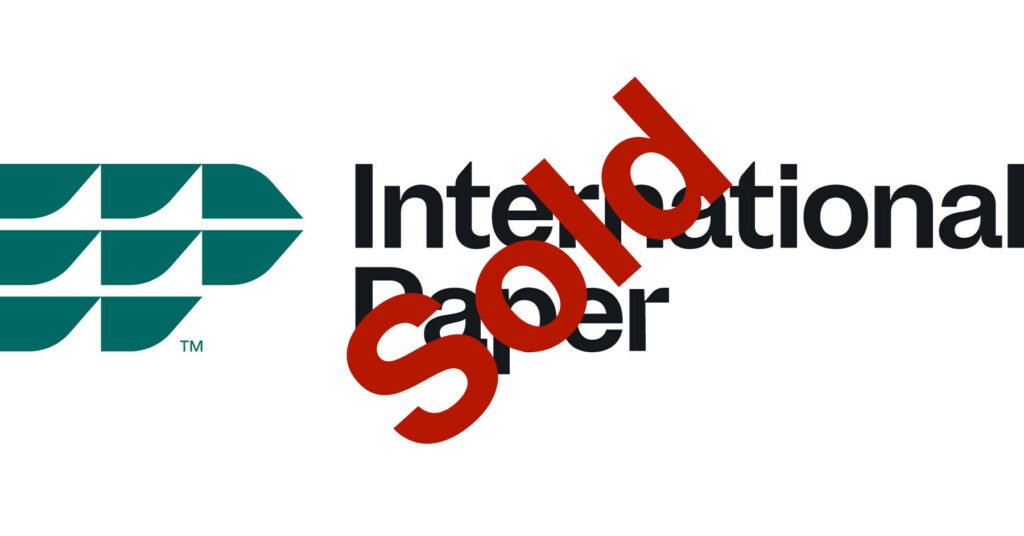When Giants Move, Golden Opportunities Follow
Why International Paper’s Changes Mean Big Things for Southeast Georgia Published by Dean Burnette, Managing Broker at B3 (Best Business Brokers) Well folks, I woke up yesterday morning to news that had some people feeling a bit unsettled. International Paper announced they’re closing facilities in Savannah and Riceboro, affecting about 1,100 hardworking folks. Now, before […]
When Giants Move, Golden Opportunities Follow Read More »









